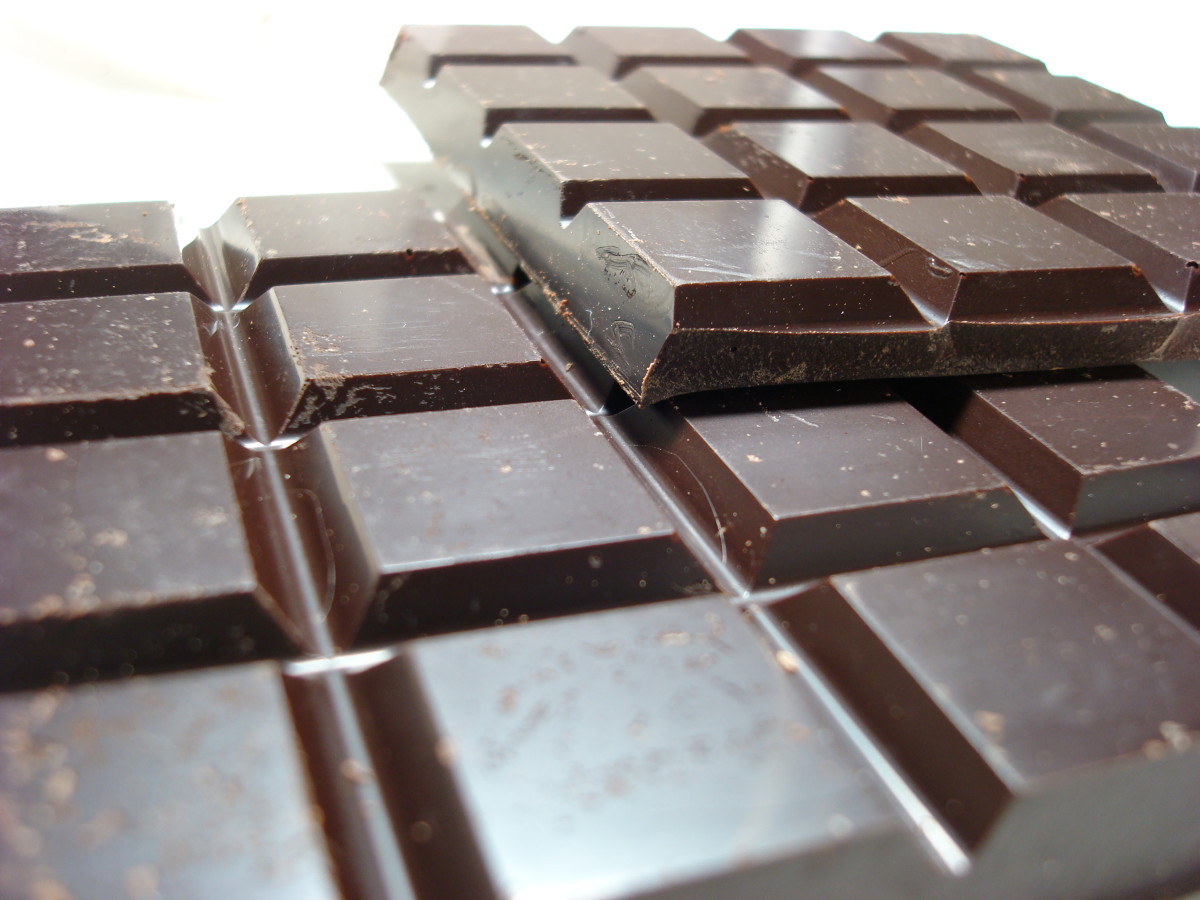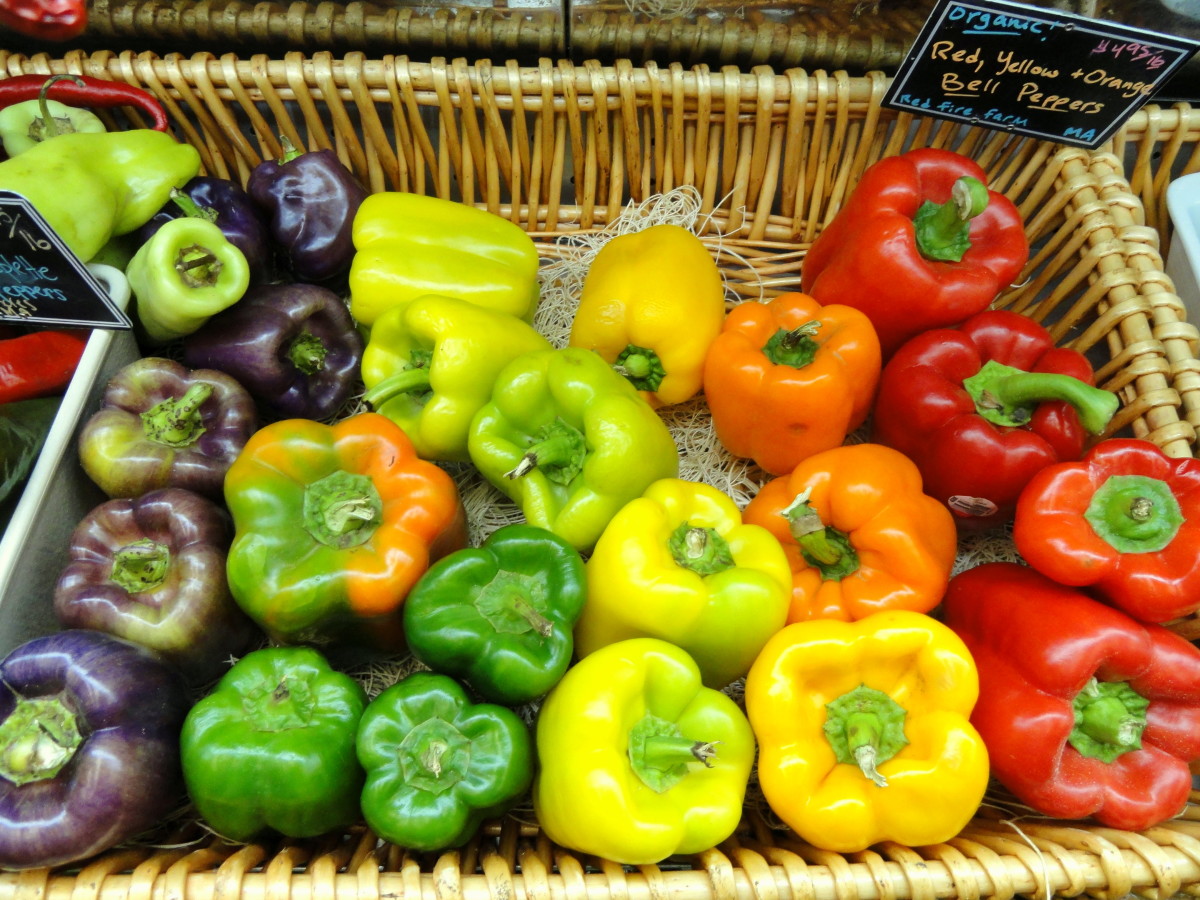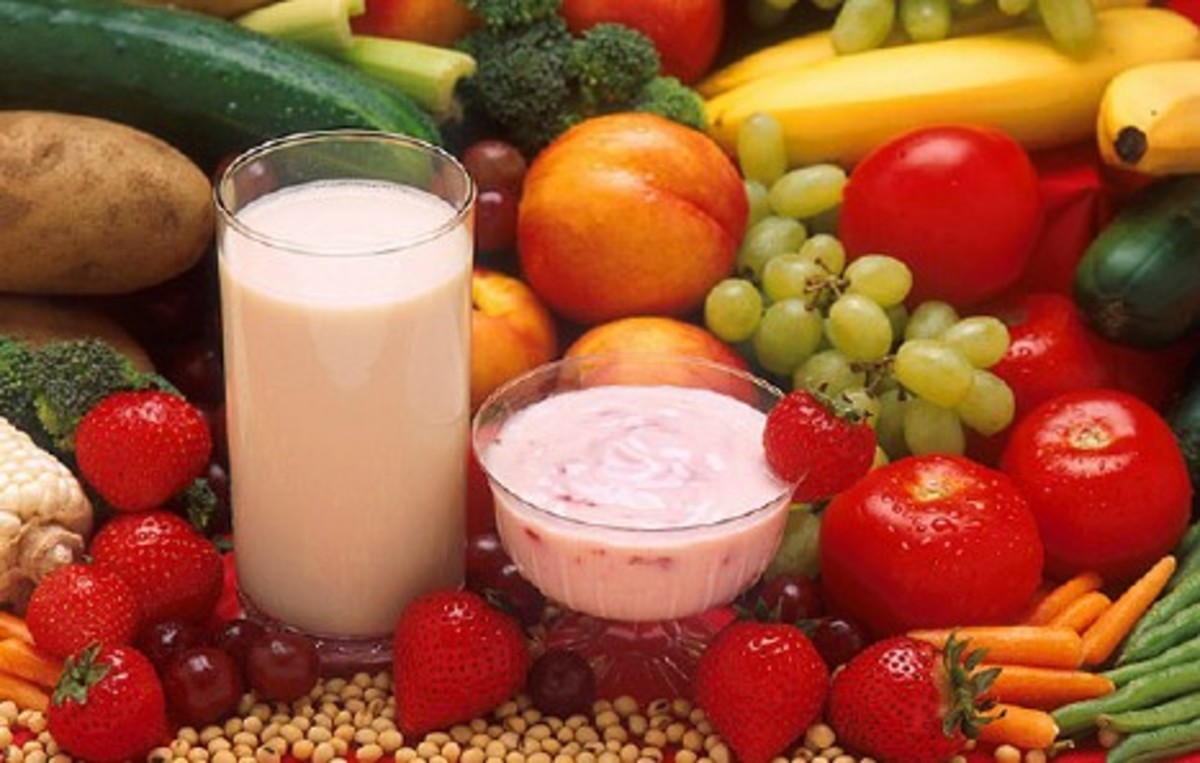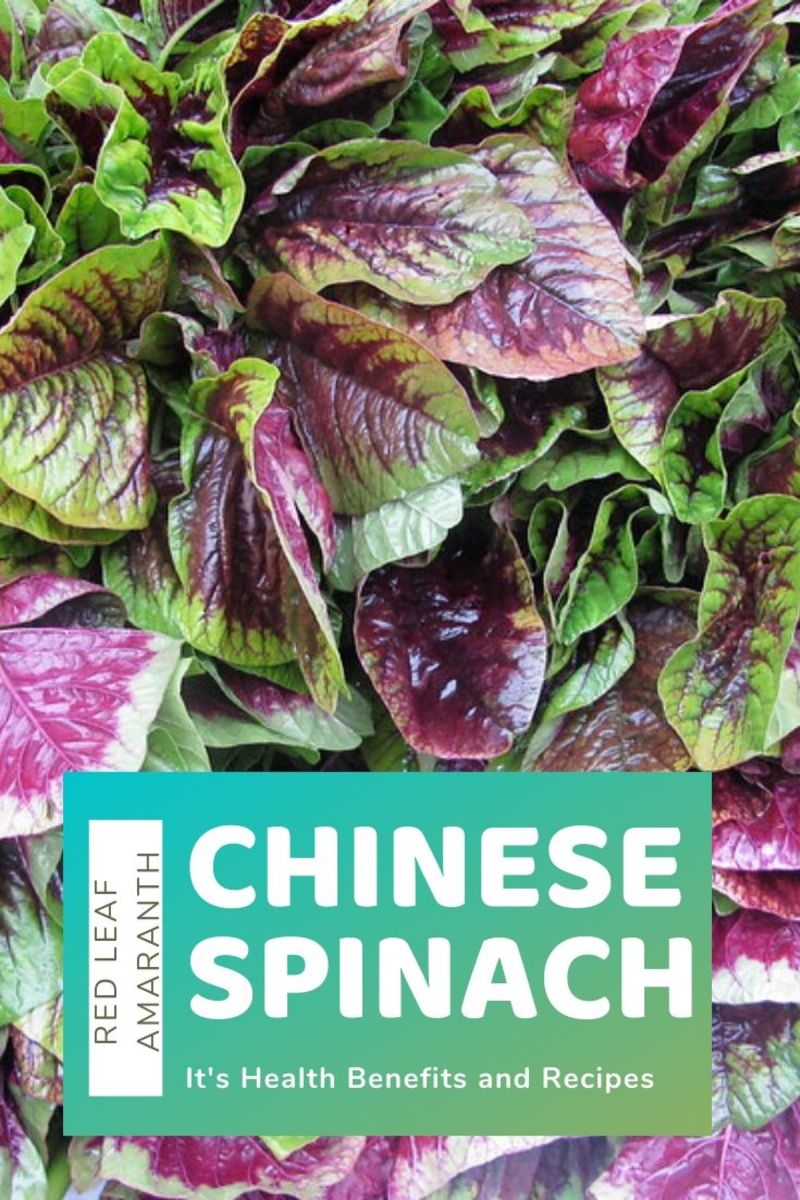For an Organic You
Prevention Equals Healing
Healing Properties Of Fruits
Amaranth:
This is technically a fruit, but can be used as a grain in breads, muffins and other flour based foods.
The seeds are higher in muscle building protein than other grains and are full of immune boosting Magnesium, Copper and Zinc.
Apricots:
A super source of the antioxidants beta carotene and vitamin C.
Studies suggest beta carotene may help protect against lung cancer. Apricots are also full of fiber, and are more nutritious fresh than canned.
Bananas:
This fruit may help lower blood pressure.
The Magic ingredient? Potassium.
Bananas are rich in Vitamin B6, which research at Tuffs University found is essential to maintaining a strong immune system.
Healing Properties Of Seeds, Nuts, Oils and Fish
Macadamias
Hazelnuts
Pecans
Almonds
Cashews
Pistachios
Brazil nuts
Peanuts
Pine nuts
Walnuts
They are a surprising help for your heart.
A study at Loma Linda University in California found that adults on a low fat diet who ate 2 ounces of walnuts five or more times a week lowered their total cholesterol levels by 12 percent. A controlled group followed the same diet, minus the nuts, and showed just 6 percent drop. Apparently replacing saturated fat in your diet with polyunsaturated fat
in nuts pays off.
Similar to nuts in polyunsaturated fat content, but with much more vitamin E the antioxidant that fights cancer, heart disease and cataracts.
Fish:
The omega 3 fatty acids in fish oils are the fix for lowering blood fats especially triglycerides (high levels of which are thought to be more harmful to women than men).
They also help in reducing blood pressure and may even ease arthritis symptoms.
Mackerel, lake trout, herring, anchovies, blue fish, salmon and
sardines have the most fatty acids, eat fish two or three times a week.
Organic Vegetables
The best prescription
Broccoli is bursting with the cancer fighting fiber, beta carotene and vitamin C, plus folic acid (which helps prevent neural tube birth defects), bone building calcium and boron. There's more potassium. (which helps lower blood sugar) Researchers have
also found in broccoli a hidden cancer fighting chemical, sulforaphane, which stimulates the activity of detoxifying enzymes in the body.
Brown Rice:
It contains a substance called oryzanol, which reduces LDL levels by as much as 20 percent, (the high fiber rice bran found in brown rice may help lower cholesterol too) bonus, brown rice shines in vitamin B6 and magnesium, while also providing thiamine, (important for the functioning of nerves) niacin, copper and zinc. And it also has vitamin E which, studies show , strengthens the immune system and reduces the risk of heart disease and cataracts.
Cabbage:
An important member of the cruciferous family of cancer fighting vegetables. It's
anticancer key may be the presence of a substance called indoles.Scientists think that one indole in particular may help prevent breast cancer by decreasing the activity of the chemical estradiol, which is a precursor to the hormone estrogen. (estrogen fuels the growth of certain tumors).
Whole Foods For You
Carrots:
Best for their sky high beta carotene content.
A recent study of 87,000 female nurses found that those who eat five
or more servings a week were 68 percent less likely to suffer a stroke
than those eating one or fewer carrots a month.
Other studies have suggested that eating one carrot a day may reduce
the risk of lung cancer among ex smokers.
Kale:
Another boon against heart disease, this under appreciated cruciferous
vegetable is especially rich in beta carotene and vitamin C, both of which may reduce the harmful effects of LDL cholesterol.Kale is also packed with fiber, vitamin B6. calcium, copper, manganese and potassium.Pumpkin:
This fall favorite is very high in carotene content, just like its winter
squash cousins, butternut and hubbard. All are fiber rich too.
Harvard researchers recently found that women who ate of fruits and
vegetables high in carotenes including beta carotene had a 39 percent
lower risk of cataracts requiring surgery than women who had the
lowest carotene intake. Winter squash was one of the strongest protectors.
Spinach:
A powerhouse of antioxidants and virtually every nutrient you can
think of. It is a particularly rich source of folic acid, which may not only reduce the risk of neural tube birth defects but also protect against cervical
dysplasia, a condition that precedes cervical cancer. Another benefit, the Ongoing Harvard Nurse's Health Study found that women who ate spinach daily were 43 percent less likely to suffer a stroke than those who ate spinach once a month or less.
Sweet Potatoes:
These pack almost twice as much fiber and significantly more beta
carotene than white or red potatoes. In the Harvard Nurse's Health Study, women who took 15 to 20 milligrams of beta carotene a day (1/2 cup of mashed sweet potatoes has 13 milligrams) had a 39 percent lower risk for heart attack than women who consumed less than 6 milligrams of beta carotene a day.








